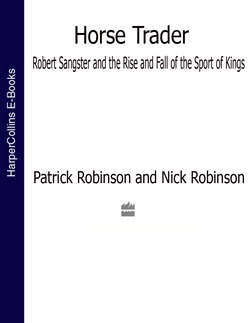Читать книгу Horse Trader: Robert Sangster and the Rise and Fall of the Sport of Kings - Nick Robinson - Страница 5
Authors’ note
ОглавлениеThroughout this narrative there are frequent references to huge sums of money, some of them in US dollars and some of them in pounds sterling. We did not attempt to convert these into one single currency, which is the standard editorial practice, because the sums – such as the $10.2 million Keeneland yearling – were often such well-known figures that conversion would have been misleading and almost certainly inaccurate since exchange rates can vary by the hour. A sterling rate of 1.75, for instance, would have converted to ‘the £5,828,571.40 Keeneland yearling’. This would plainly have been absurd. The yearling was bred in the USA, the bidding was in dollars and the colt was paid for in dollars. Thus, when in America we have worked in dollars, and when in England or Ireland we have used pounds – occasionally Irish ones, when a stallion involved an Irish-trained horse going to Coolmore Stud in Tipperary.
There is also the occasional mention of the old-fashioned ‘guineas’ (one pound and one shilling). This is still used at English bloodstock auctions and, where appropriate, we have utilized this measurement. The title of the one-mile classics remains in the old racehorse currency – the 2000 Guineas and the 1000 Guineas. These do not, however, bear any relationship to the modern prize money for these races, which is nowadays over £100,000.
